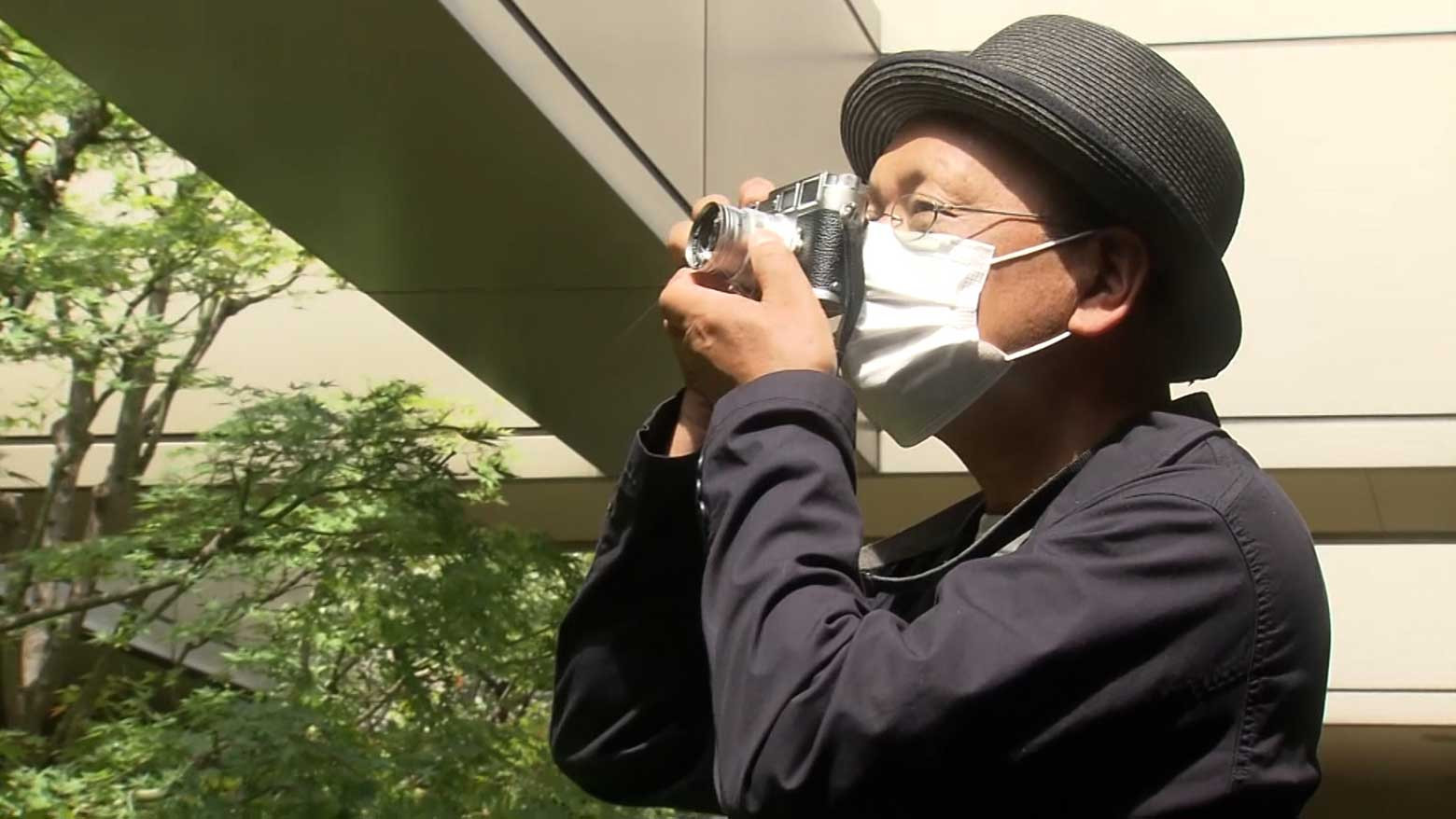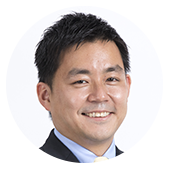From Olympian to photographer
Takata Shizuo competed as a shot-putter in the 1936 Berlin Olympics, at the age of 27, after winning several national competitions.
"Some people thought he was a bit scary, because he was big for a Japanese man," described Shizuo's grandson, Toshiaki.
Behind that solid stature was a cheerful disposition and good-hearted nature that allowed the promising athlete to stay positive after coming up short in his qualifying throws and falling out of Olympic competition.
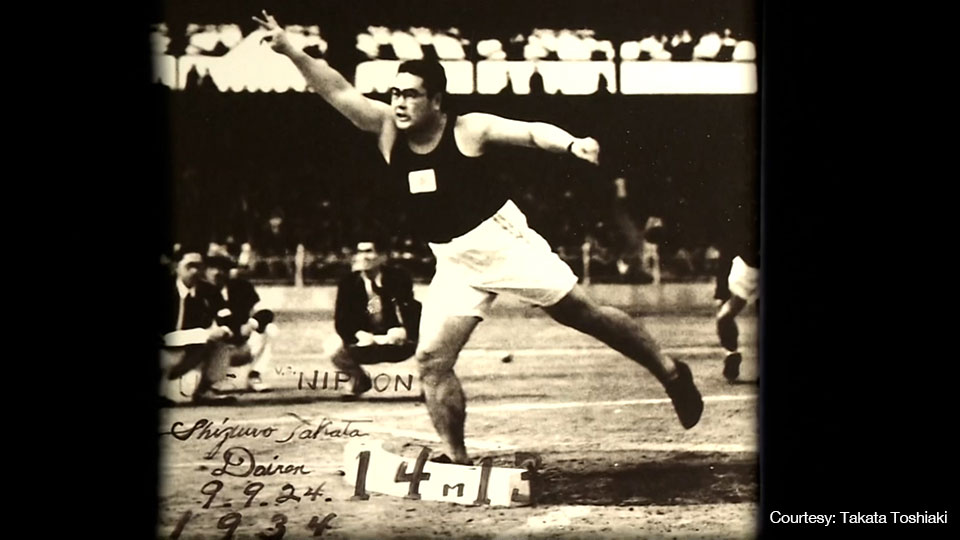
Soon, his passion for photography took over.
The images he captured went beyond a focus on sheer athleticism to evoke emotion. They're indicative of a love for the craft that he would one day pass on to his son and grandson, both of whom pursued careers in the field.
Toshiaki also inherited the camera his grandfather first used more than 60 years ago.
"When I go to a peace park in Hiroshima and look at a scene similar to one of his photos I wonder, 'what was he thinking about while taking this picture?'" Toshiaki said.
"That's what's good about having this memento."
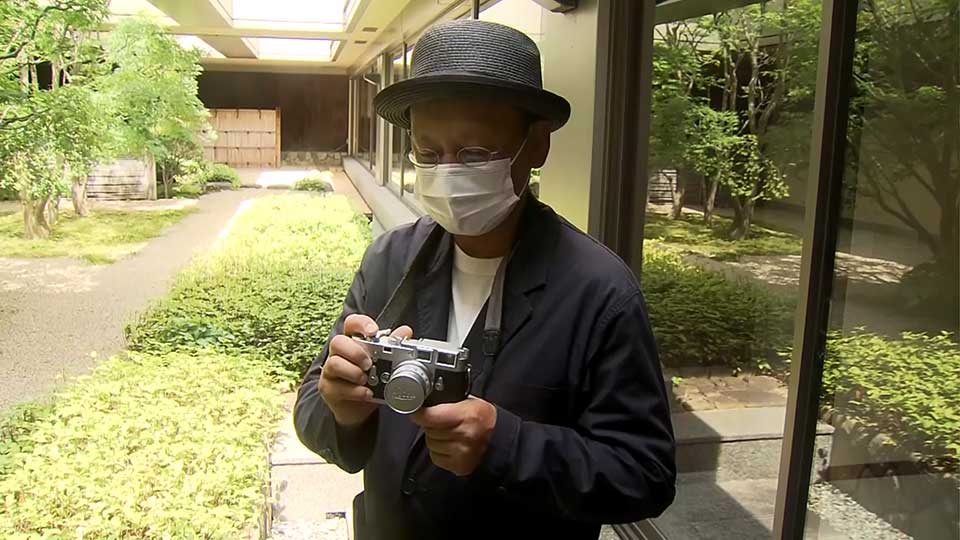
A voice from beyond the grave
Toshiaki was just one year old when his grandfather passed away, but he's built up an emotional connection through the 1400 photos and other keepsakes Shizuo left behind.
That includes an old tape Toshiaki found last year.
When the reel began turning, Shizuo's voice filled the room and Toshiaki was taken back in time to a moment etched in the collective memory of Hiroshima residents.
"I felt like the bomb was dropped right in front of me," said Shizuo, in what Toshiaki believes was a radio interview. "I was unconscious for a certain period of time."
On August 6, 1945, Shizuo was at the power company where he worked after retiring from sports, just 700 meters from the atomic bomb's hypocenter.
He went on to describe how the bombing affected him: "I don't go out often. When I do, I need to take a big rest first."
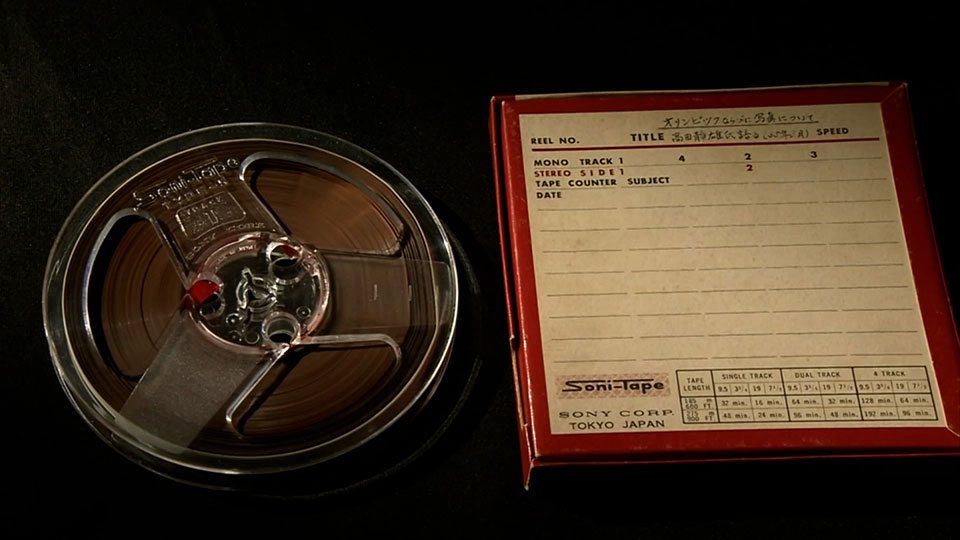
The discovery of the tape took Toshiaki by surprise.
"I was really happy because I could hear the voice of my grandfather. I was lucky that the tape was stored safely on the shelf," Toshiaki said.
Shizuo passed away at the age of 54, a year before the 1964 Tokyo Olympics. Although bedridden, he had purchased a new lens.
"He probably knew he couldn't go see the Games but he must have been so excited about it," Toshiaki said.
A passion for photography and world peace
Toshiaki says the hardships Shizuo faced as a hibakusha, or atomic bomb survivor, never poisoned his heart, citing evidence found in his work.
One photo, entitled "Heiwa-eh-no-michi," or a path to peace in Japanese, shows an American couple visiting Hiroshima 13 years after the bombing.
Toshiaki points out how the pair have their right feet out, as if about to take a step in unison.
"He was an athlete and this photo shows his sense of sportsmanship. He didn't believe people are inherently bad. He blamed war and the atomic bomb," he said.
"The message is that people should come together and move forward into the future."
Watch video: 03:07
Inspired to pass on that message, Toshiaki began exhibiting his grandfather's photography.
Nearly six decades after death, Toshiaki says Shizuo's call for peace remains just as important today as on the day that photograph was taken and he'll keep working to convey it to future generations.
